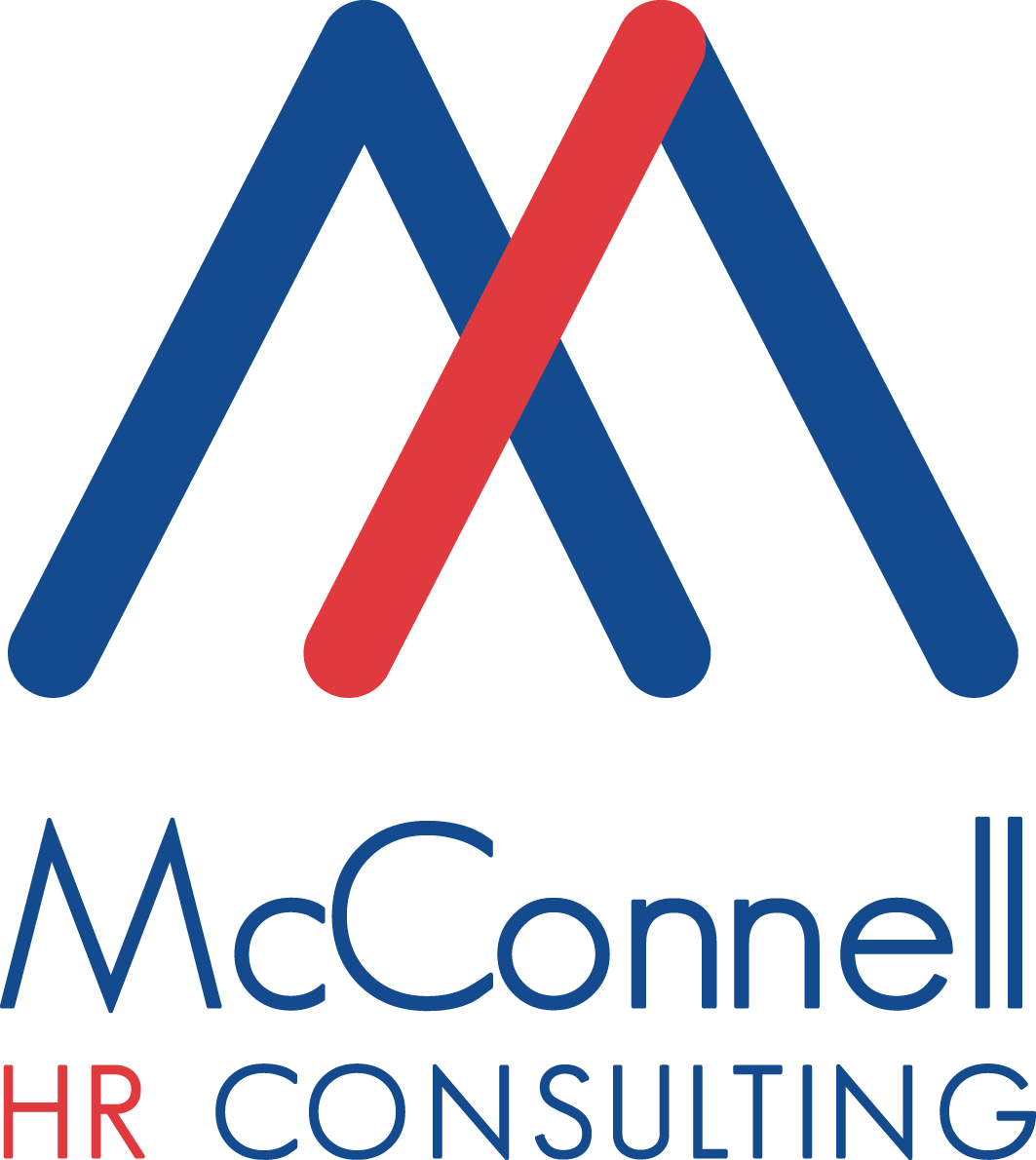What do Starbucks, airports, and well-run nonprofits have in common?
At first glance – chaos. Crowds of people moving in all directions, staff under pressure, and systems that look like they’re barely holding together.
But take a second look.
Beneath the surface is a surprising degree of structure. There’s a rhythm. A flow. People know what to do, even if it doesn’t look neat on paper. Tasks get done, customers get served, planes take off (most of the time), and the right coffee ends up in the right hands.
This is the essence of the “chaordic organization,” and there are valuable lessons here for nonprofit leaders navigating complexity.
Welcome to the Chaordic Zone
Coined by Dee Hock, founder of VISA, “chaordic” blends chaos and order. It’s what happens when a system isn’t fully controlled but also isn’t falling apart. It’s a productive middle ground that is dynamic, adaptive, and strangely effective.
Sound familiar?
Nonprofits operate in a chaordic reality every day. With limited resources, shifting priorities, and often unclear boundaries between departments or roles, it’s easy to feel like you’re stuck in a constant state of motion. That’s not necessarily a bad thing. The key is learning how to design for it.
Organizational Design ≠ Org Charts
Let’s be clear. Organizational Design isn’t just what your org chart looks like. It’s about how work gets done. It’s the alignment (or misalignment) between tasks, workflows, authority, and structure, and whether those support your mission.
Done well, Organizational Design increases productivity, improves communication, and boosts employee satisfaction. Done poorly? You get confusion, inefficiency, and people pulling in different directions.
The real goal? Structure that supports your purpose.
Chaos Is a Clue
We like to say: chaos is a signal, not a problem. Disorganization, missed deadlines, or duplicated work aren’t just bad habits, they’re symptoms of a misaligned design. Maybe roles aren’t clear. Maybe your reporting relationships are muddy. Or maybe you’ve grown organically over time without stepping back to rethink your structure.
If your nonprofit feels like it’s spinning, it’s time to pause and diagnose:
- Are we organized by function, program, or process?
- Where do decisions get stuck?
- Who has authority… and do they use it?
- Is our design still serving our strategy?
Find Your Order in the Chaos
A chaordic organization isn’t without rules, it just builds systems that allow for flexibility. Think of the Starbucks line. There’s a sequence, but there’s room for improvisation. You find the line, place your order with a floating staff member before reaching the counter, grab a muffin on your own, pay, then wait for your name to be called. That’s chaordic design in action: structure with just enough give to keep things moving, even when it’s busy.
For nonprofits, this might look like:
- Clear roles and responsibilities, but flexible workflows.
- Defined outcomes, but adaptable paths to get there.
- Strong leadership, but room for teams to self-organize.
- Processes and policies, but not so many that they bog things down.
Design for What’s Next
Most NPOs didn’t arrive at their current structure by intention – they got there by evolution. A new program was added. A funder requested a new report. A role shifted. Then another. And before long, what began as minor adjustments became a patchwork quilt of job descriptions, reporting lines, and overlapping responsibilities. At some point, the stitching starts to come undone.
You know the signs:
- Staff reporting to more than one person.
- Turf wars between departments.
- Confusion over who’s responsible for what.
- A few key individuals propping up the entire operation.
Sound familiar?
If it does, you’re not alone. We see it all the time in our consulting work. The good news? Once you recognize the signals, you can do something about them. That’s step one.
From there, you can:
- Map out your current structure.
- Identify pain points.
- Revisit your strategic goals.
- Design intentionally around your mission.

